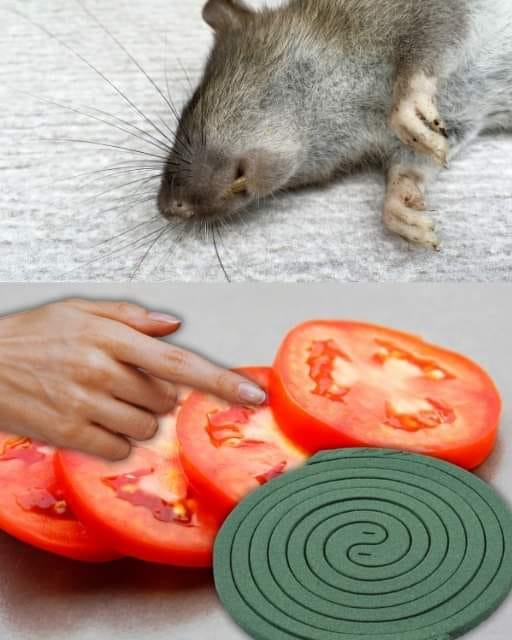Maintaining a clean kitchen is essential for a healthy home, but did you know you can achieve this with just water? Many are skeptical about the effectiveness of water alone in cleaning, but with the right techniques, it’s possible to maintain a spotless kitchen without the use of harsh chemicals. This article will delve into the methods and benefits of using only water for your kitchen cleaning routine.
The Science Behind Cleaning with Water
Understanding the Power of Water
Water is often underestimated as a cleaning agent, but its unique properties make it a powerful tool. When heated, water’s molecules become more active, increasing its ability to dissolve and remove dirt and grime. Additionally, the physical action of water, especially when pressurized, can dislodge particles and debris from surfaces.
Benefits of Cleaning with Water
Using water to clean your kitchen has several benefits. First, it eliminates the need for chemical cleaners, which can leave residues that may be harmful to health. Second, it’s environmentally friendly, reducing the chemical load that enters our waterways. Third, it’s cost-effective and readily available.
Tools and Techniques for Cleaning with Water
Essential Tools for Water Cleaning
To effectively clean your kitchen with water, you’ll need a few essential tools:
- Microfiber Cloths: These cloths are excellent for picking up dirt and grime without the need for detergents.
- Scrub Brushes: Different sizes and stiffness levels will help tackle various surfaces and stubborn spots.
- Spray Bottle: Useful for misting surfaces with water for a more controlled application.
- Steam Cleaner: An optional but highly effective tool that uses steam to clean and sanitize surfaces.
Step-by-Step Guide to Cleaning Different Kitchen Areas
Countertops and Surfaces
- Remove Debris: Start by clearing any loose debris from the surfaces.
- Wipe Down: Dampen a microfiber cloth with water and wipe down the surfaces. For tougher spots, use a scrub brush.
- Rinse and Repeat: Rinse the cloth frequently to avoid spreading dirt.
Sinks and Faucets
- Rinse: Begin by rinsing the sink with water to remove loose particles.
- Scrub: Use a scrub brush to clean the sink basin, paying attention to corners and crevices.
- Polish: Use a microfiber cloth to wipe down and polish the faucet and handles.
Stovetops and Ovens
- Remove Grates and Elements: Take off any removable parts.
- Wipe Down: Use a damp cloth to wipe down the stovetop and inside the oven.
- Steam Clean: For baked-on grime, use a steam cleaner to loosen and remove residue.
Floors
- Sweep: Start by sweeping the floor to remove loose dirt and debris.
- Mop: Use a mop dampened with water to clean the floors. For a deeper clean, consider using a steam mop.
Addressing Common Concerns
Is Water Really Effective?
Many people doubt the efficacy of water in cleaning, but when used correctly, it can be surprisingly effective. The key lies in the technique and the tools used. Microfiber cloths and steam cleaners enhance the cleaning power of water, making it capable of handling even tough kitchen messes.
What About Bacteria and Germs?
Hot water and steam are excellent for sanitizing surfaces. Steam cleaners, in particular, can reach temperatures high enough to kill most bacteria and germs, providing a hygienic clean without chemicals.
How to Deal with Tough Stains
For particularly stubborn stains, pre-treat the area with hot water and let it sit for a few minutes. Scrubbing with a stiff brush can help lift the stain. In some cases, repeated applications may be necessary.
Environmental and Health Benefits
Reducing Chemical Exposure
Cleaning with water eliminates the risk of exposure to harsh chemicals found in many commercial cleaners. This is particularly beneficial for households with children, pets, or individuals with allergies and sensitivities.
Eco-Friendly Cleaning
By using only water, you reduce the amount of chemical waste entering the environment. This simple switch can significantly lower your household’s ecological footprint.
Conclusion
Cleaning your kitchen with water is not only possible but also beneficial for your health and the environment. With the right tools and techniques, you can maintain a spotless and sanitary kitchen without the need for chemical cleaners. Embrace the power of water and enjoy a cleaner, greener home.
FAQs
Can I Really Clean My Entire Kitchen with Just Water?
Yes, with the right techniques and tools such as microfiber cloths and steam cleaners, you can effectively clean your entire kitchen using only water.
Is It Safe to Clean with Water Alone?
Absolutely. Cleaning with water is safe and eliminates the risk of chemical exposure, making it ideal for households with children and pets.
What Tools Do I Need to Clean My Kitchen with Water?
Essential tools include microfiber cloths, scrub brushes, a spray bottle, and optionally, a steam cleaner for more thorough cleaning and sanitizing.




